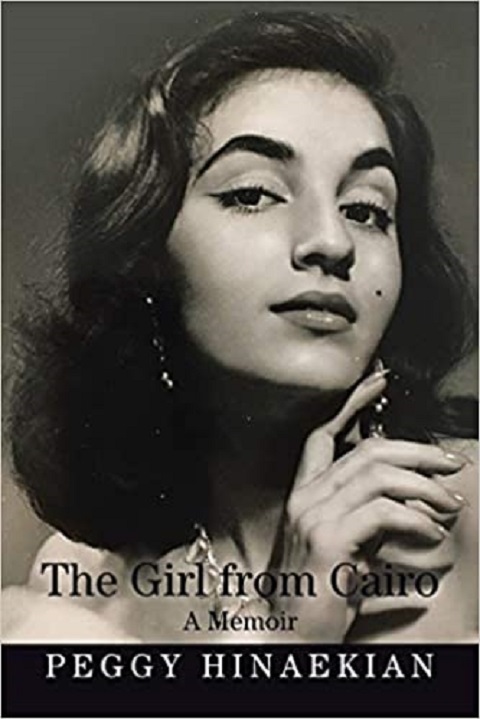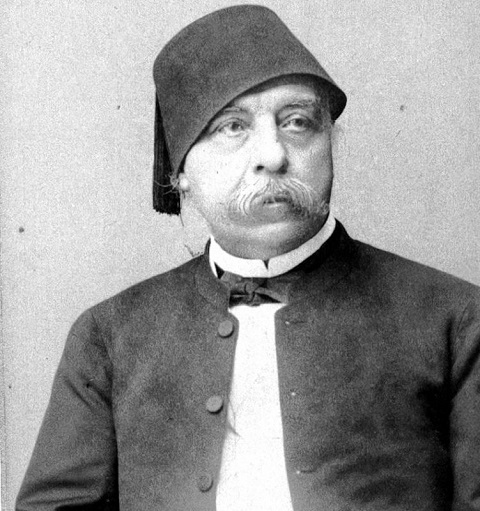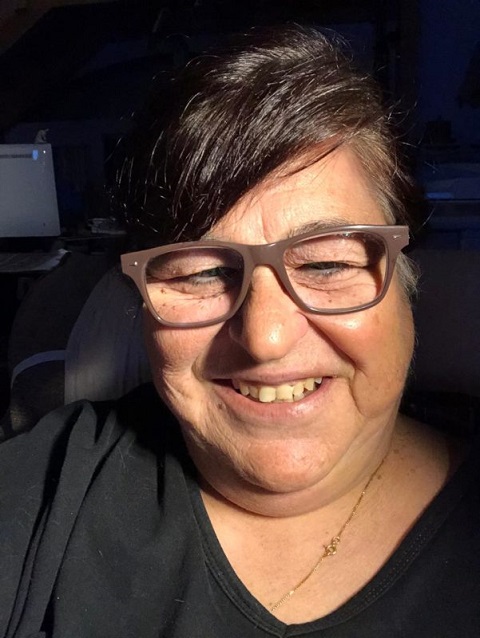By Maydaa Nadar
Special to The Armenian Mirror-Spectator
Cairo — Without a doubt, the Armenians who came to Egypt enriched Egyptian heritage and culture. Parallel to their achievements and appreciated works, many of them, their sons, and their grandsons, are still present in the minds of Egyptians.
Read also
Let us recall that the first prime minister of Egypt was the Armenian-Egyptian Nubar Pasha. Regarding arts, not only the Egyptian but the Arab public as well have been enjoying the works of Armenian-Egyptian actresses and singers Ninochka Manoug Kupelian (known in Egypt by her stage name Lebleba), Nelly Artin Kalfayan (known by her mononym Nelly), Perouz Artin Kalfayan (known by Feyrouz), and Wartanoush Garbis Selim (known as Anoushka).
In addition to politics and arts, other fields of achievement for the Armenians in Egypt include archeology and architecture. A vivid example is the Armenian-Egyptian archeologist and architect Nairy Hampikian.
In 1895, after the first wave of the Hamidian massacres, Nairy’s grandparents arrived in Egypt from Constantinople. When the formation of an Armenian community started in the country, her grandparents worked as teachers at the Armenian schools. She grew up in a suburb in Heliopolis (a neighborhood today in the Egyptian capital of Cairo). Egyptians describe this area as a multiethnic district. In order to preserve her Armenian identity, including the language, her parents raised her in an isolated bubble. We interviewed Nairy to delve into her interesting life path.
What was your childhood like?
I was raised surrounded by Egypt-born Armenians, and studied at the Nubarian Primary Armenian School, which set the base of my identity and educational formation. Moreover, the quarter in which I grew up, Heliopolis, was a cosmopolite area where Greeks, Italians, and other ethnicities enjoyed the freedom of preserving their languages and cultures, an ethnic freedom that Egypt granted to Egyptians of different origins. Being a part of the Armenian community, this ethnic freedom not only strengthened my Armenian identity, but it also allowed me to learn from the other cultures.
Could you tell our readers more about the Nubarian Armenian School?
The Nubarian Primary Armenian School was a place of serious education, with multiple extra-curricular activities of which I have still kept sweet memories. In particular, I recall our director, Professor Dikran Babigian, who used to give us six books to stimulate our love for reading during the summer vacation. The first student to return the books was given a prize.
When it comes to promoting the arts, and encouraging students’ artistic talents, competitions were organized in art classes and the best were chosen and received prizes. Furthermore, the latter were sent to international competitions such as the Shanghai Exhibition for Children, I even once won a prize from this institution.
In the domain of sports, seasonal sport competitions were planned in the Cairo Stadium and at the end of each year, cups and medals were given to the winners during the annual sport festival, with the participation of Firkat Hasaballa–an Egyptian band.
Was growing up in such a bubble a positive or a negative fact?
On one hand, it was positive as it helped me maintain my Armenian identity, for which I am very grateful. On the other hand, it was negative because it was an isolation from my Egyptian identity. Egypt is a rich nation with different cultures worthy of being proud of and discovering. So, at one point in my childhood, I decided to pop the bubble and start explore my Egyptian side, which I did. I consider this dual identity my privilege today, as this made me part of two mother cultures and two mother languages.
When did you decide to pop the bubble?
A transitional point in my life was moving to Ramses College for Girls. Although my performance was excellent in classical Arabic, I had difficulty in understanding my colleagues’ conversations in colloquial Arabic. That was the right time to discover my Egyptian identity. I started by reading “The Donkey Market,” a story borrowed from medieval Egyptian folklore, Goha’s adventures, and one of the works of the renowned Egyptian writer Tawfiq Al-Hakim. This was a first step towards the wonderful world of Arabic literature and Egyptian history and culture.
How did your family respond?
My parents responded positively as they were open-minded adults. My father was an energetic lover of knowledge with a passionate thirst for novelty. He showed great enthusiasm in my new line of development. When I was a child, he used to take me every Friday on a visit to different places in Cairo. After watching Tom & Jerry in Cinema Metro, we explored Islamic and Ancient Egyptian sites and museums. I still remember our visit to Ibn Tulun Mosque and our multiple stopovers at the Egyptian Museum.
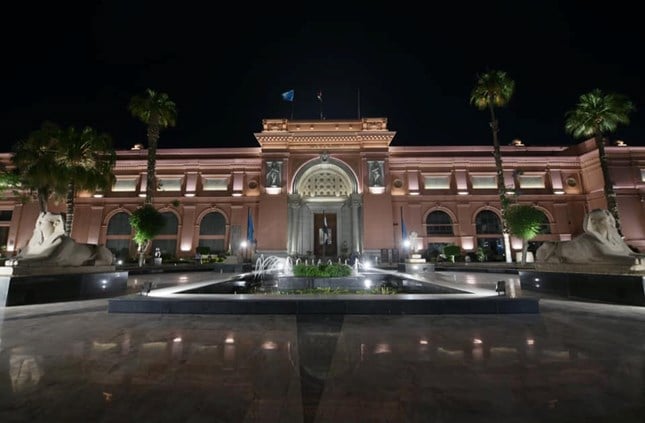
The Egyptian Museum, one of Cairo’s popular tourist attractions (Photo Credit: the Egyptian Ministry of Tourism and Antiquities’ official website)
In Ibn Tulun Mosque, besides his presentations which introduced me to the architecture and serenity of the space of this mosque, he was the one who explained to me how Muslims pray, a detail that was not commonly known amongst other religious communities before TV was accessible. In the Egyptian Museum, he used a guidebook of the museum written in the Armenian language by an Armenian Egyptologist – he was “catching a bird with a single stone,” as the Arabic proverb says: learning about the history of ancient Egypt by the use of the Armenian language.
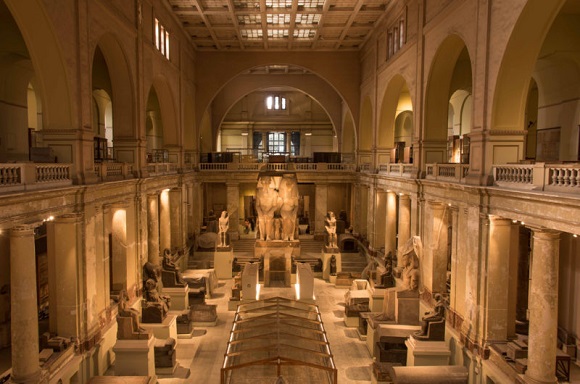
The Egyptian Museum, one of Cairo’s top tourist attractions (Photo Credit: the Egyptian Ministry of Tourism and Antiquities’ official website)
To wrap up, my father, the Armenian school, and the surrounding Egyptian-Armenian community shaped my strong Armenian base, my multi-ethnic life in Heliopolis added my love of knowing “the other,” which was crowned by my drowning in, appreciation of, and creation of my “Egyptianness” – my twin identities.
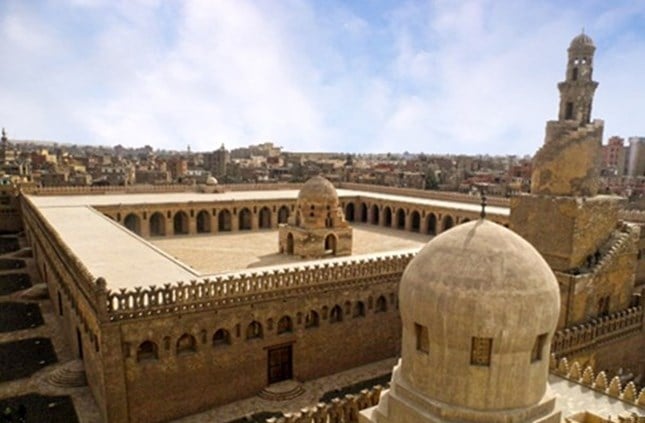
Ibn Tulun Mosque in Cairo (Photo Credit: the Egyptian Ministry of Tourism and Antiquities’ official website)
What about your postgraduate studies?
After my graduation as an architect from Ayn Shams University, Faculty of Engineering, I received two master’s degrees: one from the American University in Cairo and the other in the Armenian capital, Yerevan, from the Polytechnic Institute of Yerevan. In Yerevan, I studied the history of architecture of the world and conservation of monuments. I specialized in Armenian architecture, with a thesis that focused on the architectural activities of Armenians in Egypt. In the American University, I specialized in Islamic art and architecture, with a thesis on al-Bimaristan al-Muayyadi, founded by the Mamluk Sultan al-Muayyad Shaykh. This is when I started to trot around the old city and fell in love with historic Cairo’s monuments, urban fabric, and the people living there. This is how my dual architectural interests were formed, armed by education to become my passion in life.
Could you tell us more about your stay in Yerevan?
After graduating, I wanted to stay in Armenia to discover more about my country of origin. Studying for a master’s degree was an opportunity for me to dig deep into my country and its treasures. I stayed there for approximately two years and a half and seized the opportunity of studying the Armenian monuments by traveling all around Armenia.
During my stay in Yerevan’s student hostel, my entourage were all Armenians, but from different parts of the world, including Ethiopia, Canada, Argentina, France, England, Syria and Lebanon. It was another type of experience for me as I became exposed to Armenians with a single Armenian identity, the native Armenians and the other Armenians, with their “other” dual identities, like me. Life inside the hostel was like a big Armenian-based multi-dual identity individuals. Exchanging different aspects of culture was the inseparable part of our daily life; from traditional cuisines and how feasts are celebrated, to architecture, movies, music, dance, and literature. The experience in Yerevan gave me an understanding of the broad ethnic diversity of the diaspora Armenians. On the personal level, I am so proud to have friends in countless countries who have dual identities like myself ,with whom we have rediscovered our common Armenian identity.
Has your professional career ever stopped you from studying more?
On the contrary, as the more you are in a practical field; the more you are aware of your constant ignorance and consequently feel the urge to learn more widely and deeply. The buildings that I work on during my practice of conservation of old structures are like people; the more the number, the more you feel the need of further investigating, which means my career is reading and learning more. This is why I studied architectural restoration in Rome, at ICCROM (International Center for the Study of the Preservation and Restoration of Cultural Property). I was also fortunate to work in the German Archaeological Institute where the director then and his wife, encouraged me to continue studying more and more and motivated me to obtain my Ph.D. from UCLA, in the United States of America.
What was the topic of your Ph.D.?
At the University of California, Los Angeles, I got my Ph.D. in archaeology with a dissertation entitled “The Al-Salihiyya Complex Through Time,” which examines a group of buildings founded by the Ayyubid Sultan al-Salih Najm al-Din and his wife Shagar al-Durr, the Sultana of Armenian origin during the thirteenth century AD.
Concerning your professional career, what kind of buildings did you work on?
I worked on conservation projects of Islamic, ancient Egyptian, and Armenian buildings in Egypt. Among a number of Islamic monuments that I worked on, I would like to single out the “Conservation Project of Bab Zuwayla,” which was done under my direction, funded by a USAID-EAP project under the umbrella of the American Research Center in Egypt and the Ministry of Egyptian Antiquities. In the pharaonic domain, I worked as the site architect for more than fifteen years (three months per year) on the “The Colossi of Memnon and the Mortuary Temple of Amenhotep III Conservation Project” in Luxor directed by Armenian Egyptologist Hourig Sourouzian. I also had the privilege to direct the conservation works on the Armenian Church Sourp Krikor Lousavorich in Ramses Street, Cairo.
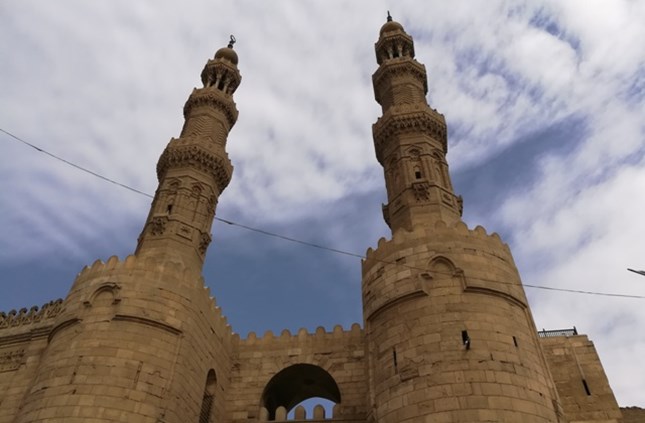
The Islamic monument Bab Zuwayla (Photo Credit: the Egyptian Ministry of Tourism and Antiquities’ official website)
Why is it the restoration of Armenian monuments in Egypt important?
Armenian style monuments in the diaspora represent the bridge between the Armenian culture and the host country in which Armenians live and receive their dual identities. For example, the Armenian Church Sourp Krikor Lousavorich in Ramses Street, Cairo, with its Armenian mediaeval church style including form and characteristics, acts as the inseparable part of the architectural heritage of the history of Armenian architecture, irrelevant of the fact that it is located in Egypt. On the other hand, being built in Ramses Street, in the heart of Cairo, this church is also an inseparable artifact of the Cairene historic urban fabric. Therefore, working on the conservation of this church can be considered as an act of reinforcement between the two heritages, the Egyptian and the Armenian, with a common cultural object that is to be shared forever between the two countries.
Do you think being multidisciplinary is a benefit?
Specializing in more than one field is definitely and unquestionably beneficial to one’s career, especially when the fields of specialization are related. In my case, they are built on each other and they complement each other and make my understanding of the object under conservation more comprehensible. A degree in architecture and urban planning, with two degrees in history of architecture (Islamic and Armenian), added to them a degree in architectural conservation, and finally a degree in archaeology helped me widen my scopes of comparison between the fields and better understand the different urges of the building or archaeological site under examination. It was also a privilege in my formation to work on buildings belonging to different cultures and erected during different eras: Pharaonic, 11th, 13th, 15th, 17th, 19th, and 20th centuries AD.
What is the story behind the name Karkar?
On my first day in Ramses College for Girls, they missed my name when we were called to get our buses. Armenian names are normally mispronounced by non-Armenians. When I approached the teacher, I asked: “I did not hear my name. So, which bus am I getting on?” I told her I lived in Heliopolis.
She answered “Yes there is a missing student in the bus to Heliopolis. Are you Nayyera Harraz Karkar?” This is when I realized that Nairy Heratch Krikour Hampikian, which is my full Armenian name, had its Egyptian version. Years later, when I worked in Bab Zuwayla, I noticed a store named Karkar. To satisfy my curiosity, I asked about the matter and was informed that Karkar is the surname of a very well-known family from Upper Egypt.




















































